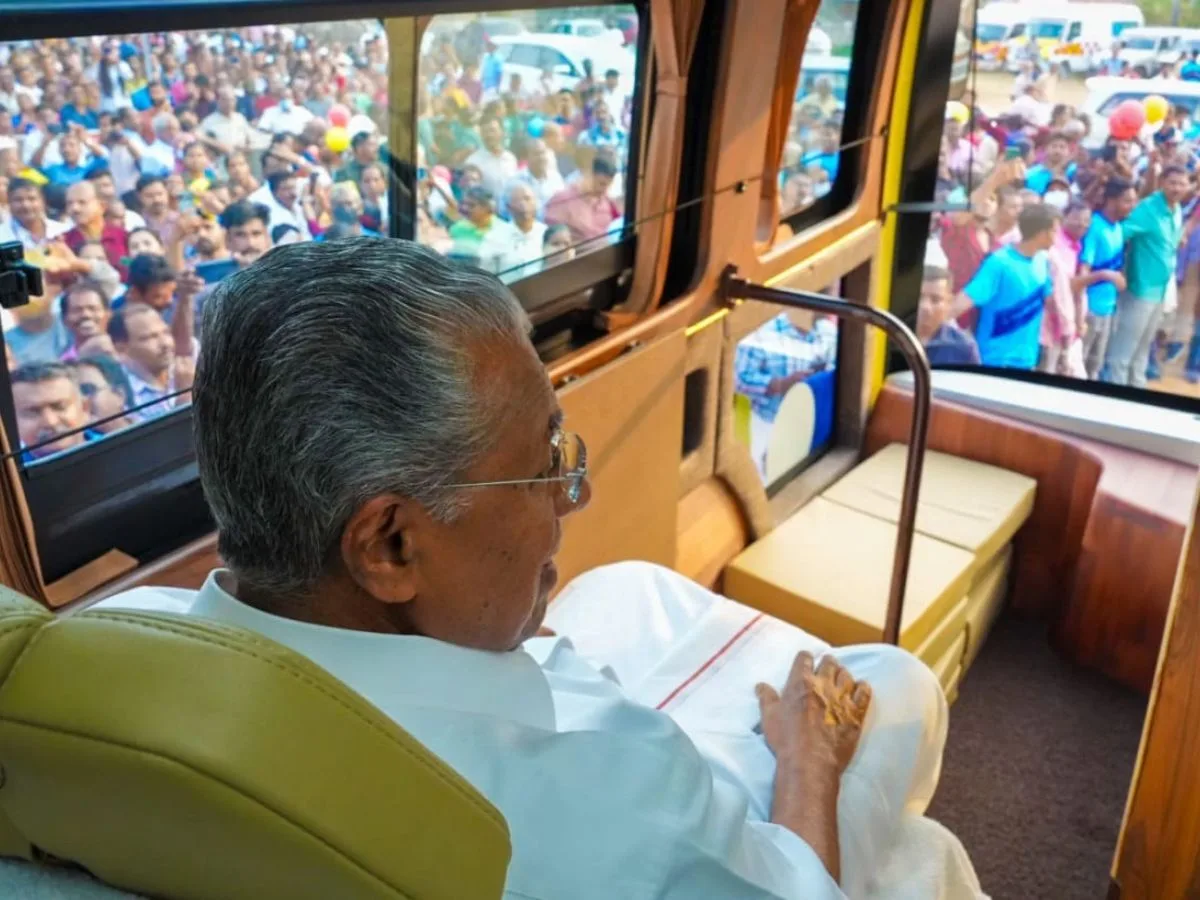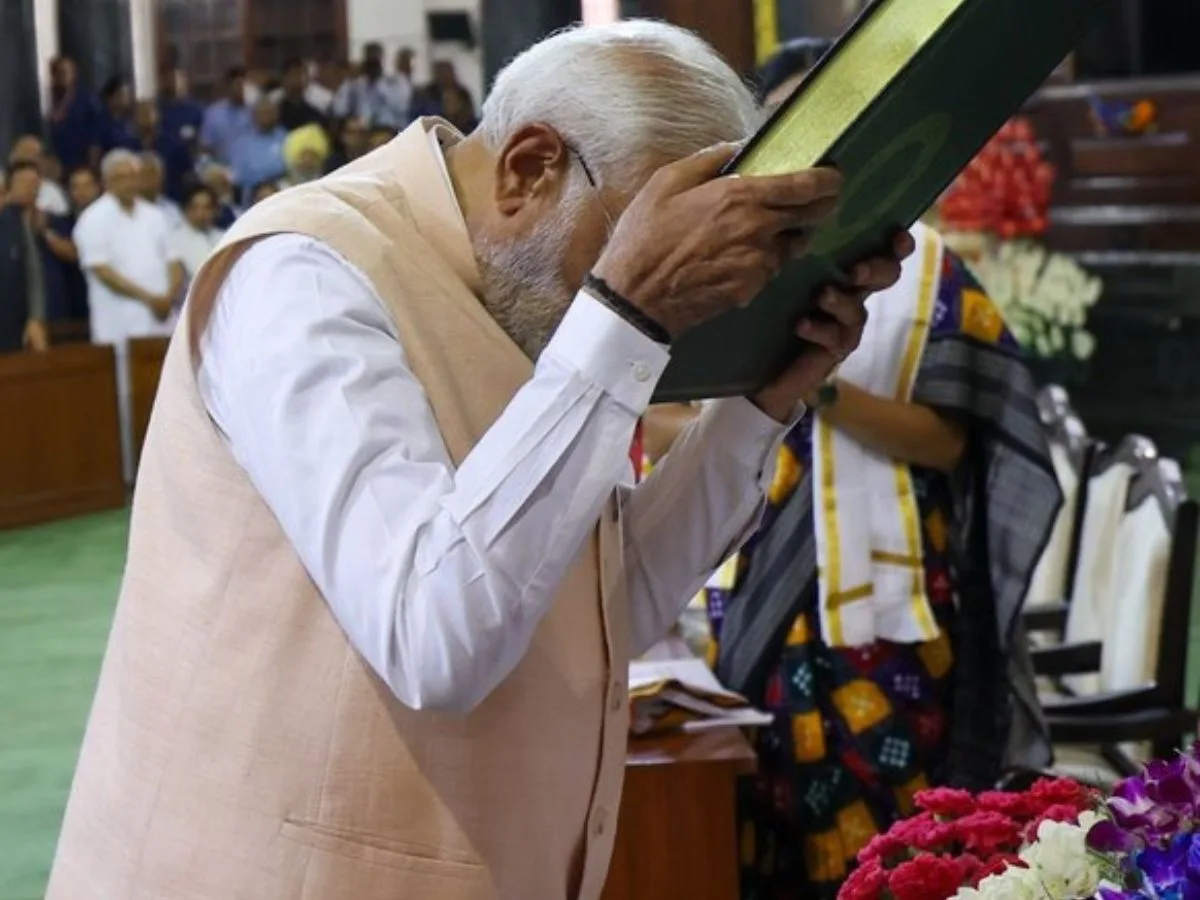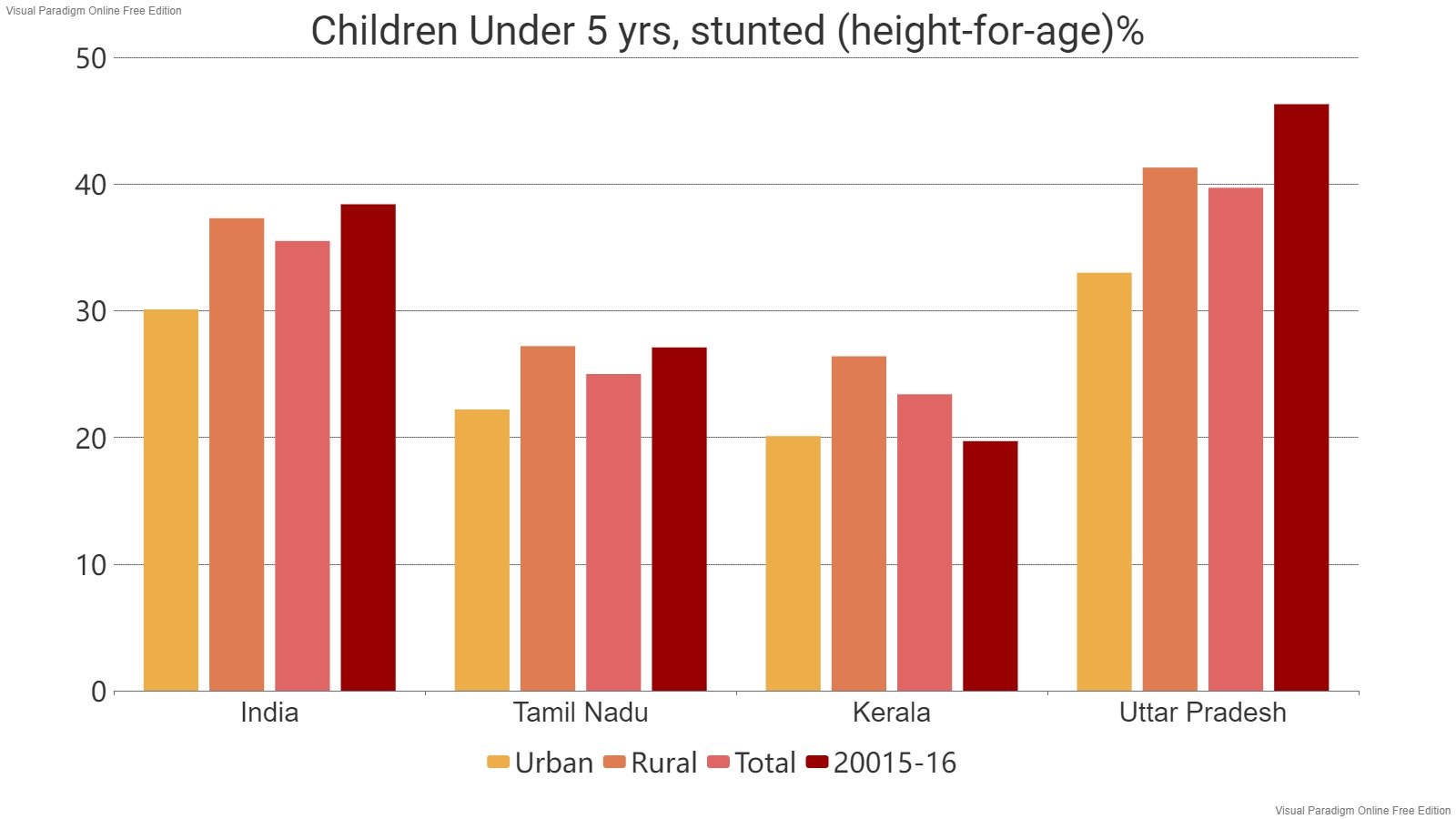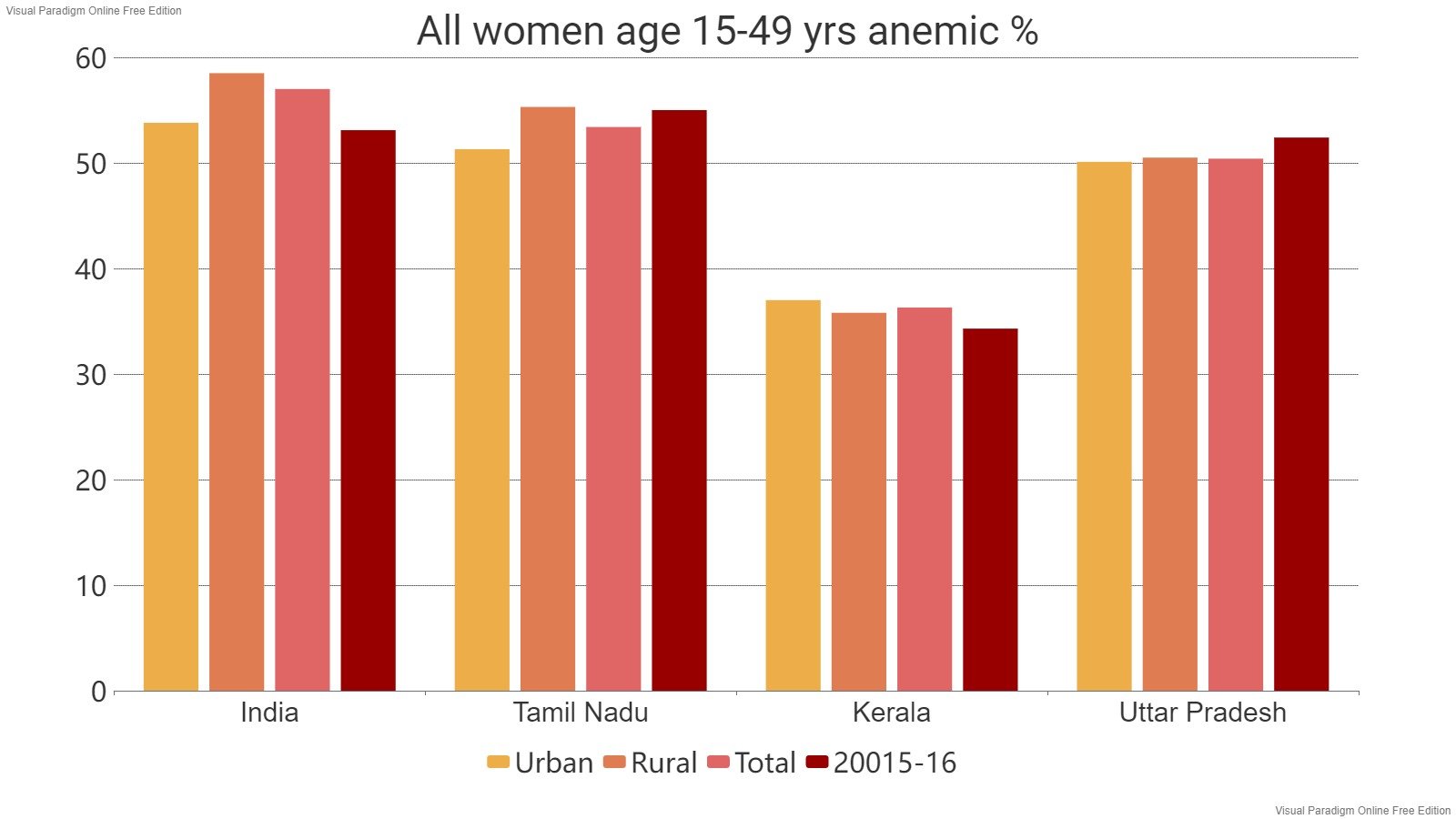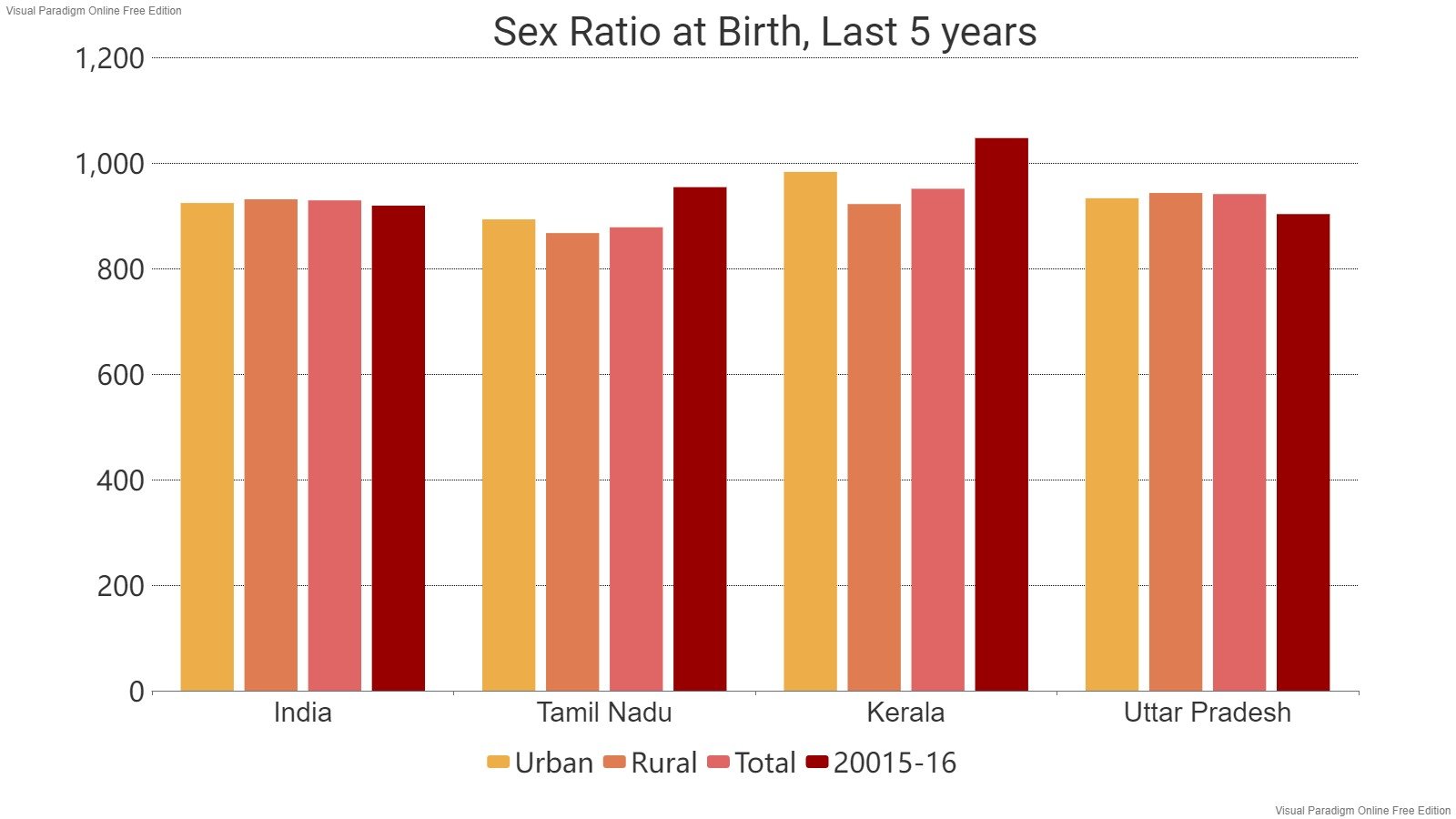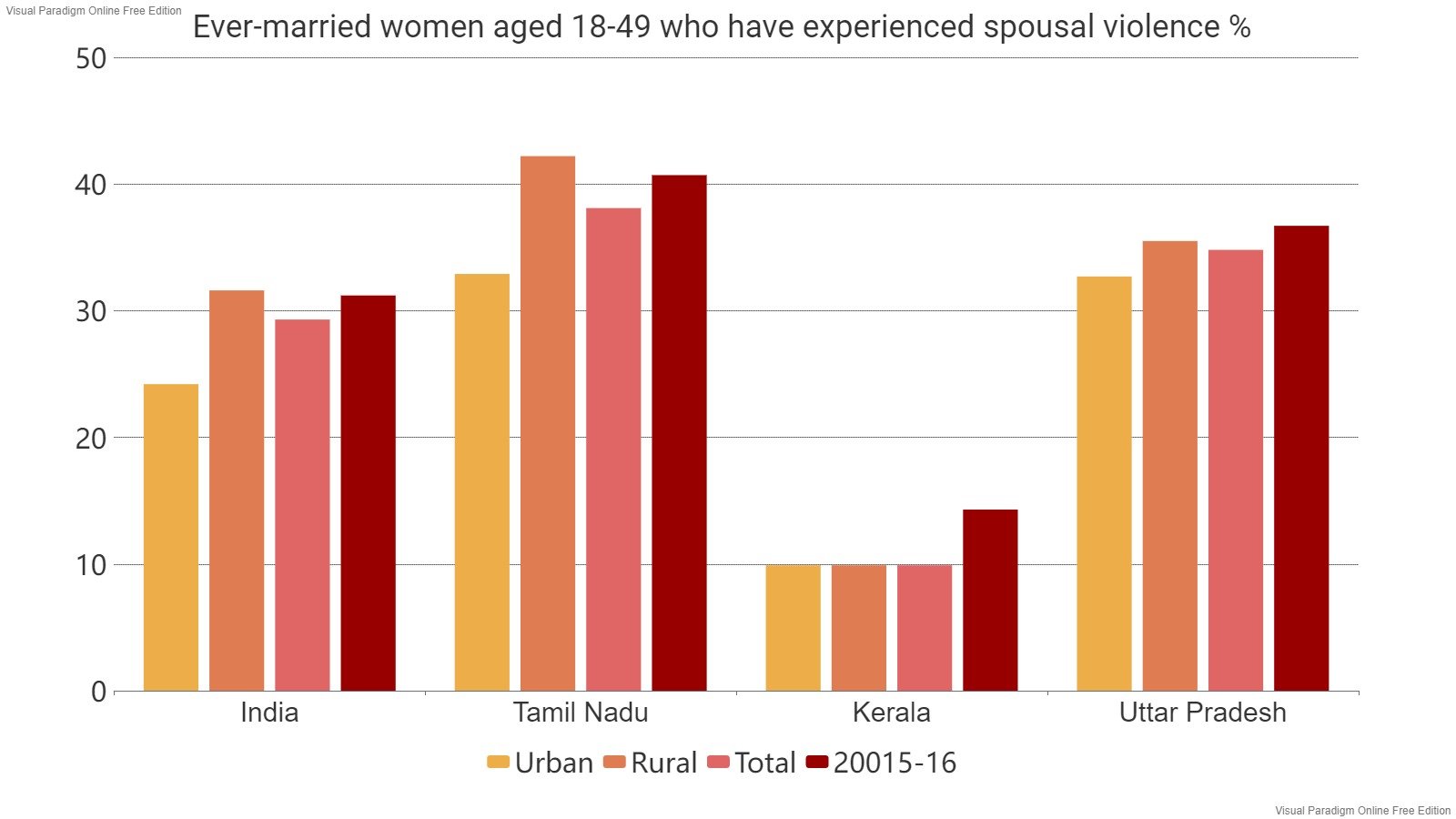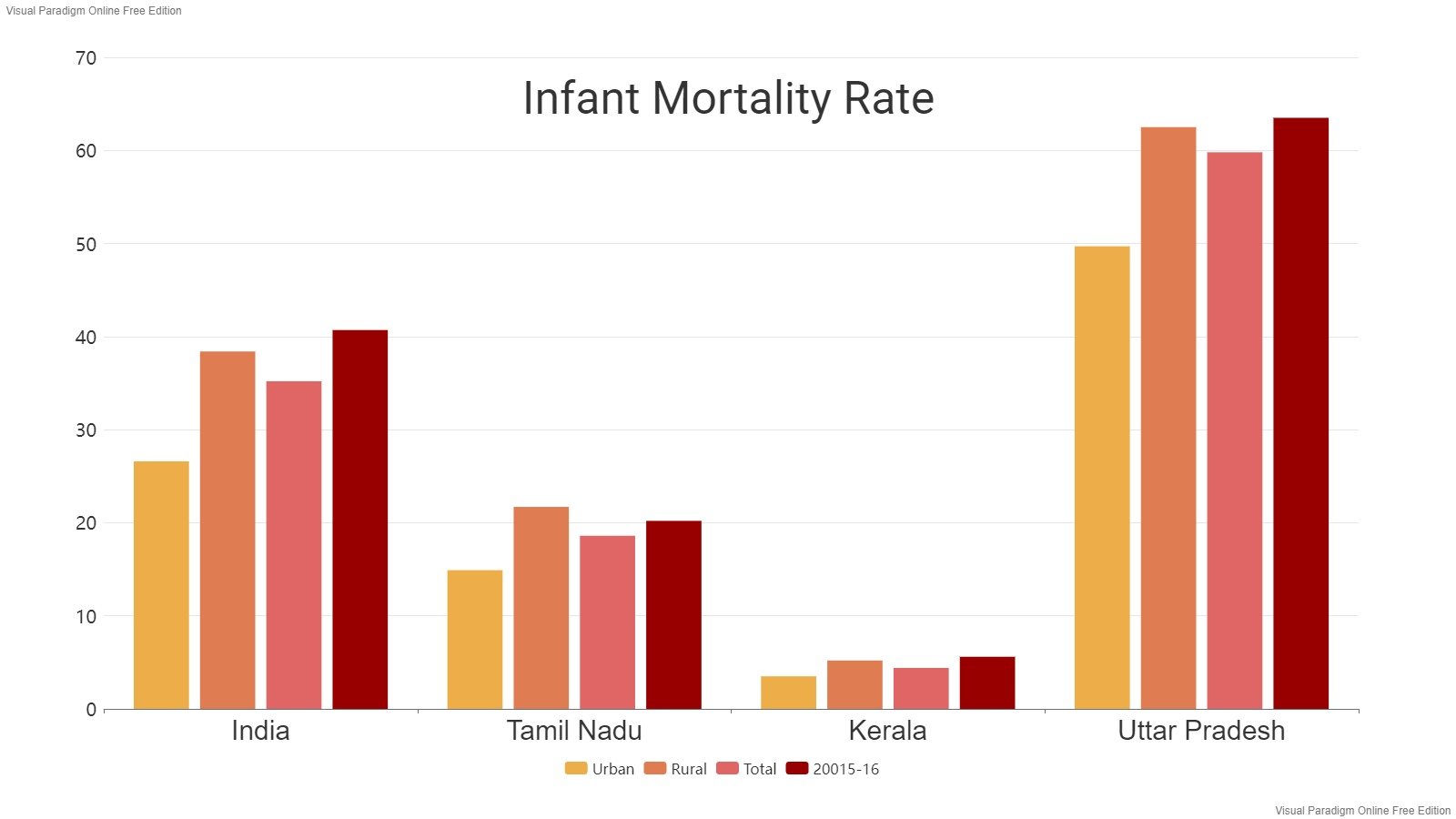Read in : தமிழ்
The Tamil New Year’s Day happens to be the birthday of the fearless contrarian of Tamil films and theater – M R Radha.
Called Nadigavel by Periyar, Madras Rajagopalan Radhakrishnan, M R Radha. (April 14, 1907 to September 17, 1979), dazzled Tamils with his unique acting, voice modulation, controversial opinions, and farsighted vision. His body language made his presence on stage and screen unique.
Today every movie script writer hunts for punch dialogues to make the movie stand out. Radha was the father of punch dialogue. Hard hitting words dripping with sarcasm were his trademark on screen. In real life, too, he would bring the house down with such talk. What was unique about Radha was that his real life persona was not very different from his screen persona. Radha’s message was always social reform.
Sample this: “You talk as if you are God’s secretary.”
“The unscrupulous are outside and the honest people are in jail.”
“In which college did those who invented the alphabet study?”
M R Radha was loved and feared. He was also controversial.
The Dravidian movement has created many artists. Among the five founders of DMK was Annadurai, who was an artiste. Karunanidhi, KR Ramaswamy, TV Narayanasamy, SS Rajendran, NS Krishnan, MG Ramachandran, Sivaji Ganesan and others constitute a long list. In this line-up, Radha had a special place on that list. When Anna left the DK to found the DMK, Radha stayed with Periyar.
It was a sign of times that two actors who came from the same stock shot at each other. One of them, MGR, upheld honesty, culture, devotion to mother, staying away from drinking and smoking, and so on in films. He had created a fan base based on the good man persona he projected.
Radha was the opposite. He lashed out at sentiments and superstitions in society. Yet, he too had his own fans.
On January 12, 1967, the shooting happened. Radha was jailed as a result. His film career slid downhill after that, in the 1970s.
But Radha never wavered in his political beliefs. He would never compromise in his speech, dress nor how he conducted himself. A blunt truth-teller, he rubbed many on the wrong side. On film, he would tell the bitter truth with his punch dialogues. In real life, too, he spoke his mind and, for this reason, appeared menacing enough to be cast as villain.
What Radha said were truths. But society had a hard time in accepting them. “All cinema folks including me are guilty of fraud in dodging income tax.”
MGR had the habit of bringing in references to the DMK and its symbols in his films. In Thozhilali, produced by Devar Films (1964), MGR was slated to say that the rays of the rising sun will soon bring light to the lives of the poor. Radha, who acted in the movie, objected to this dialogue, saying MGR should not bring his party symbol into films. The producer brokered a compromise.
The DMK was growing fast at that time and Periyar resented that. His disciple Radha didn’t like it either. And that led to the verbal skirmish on Thozhilali sets.
Radha believed that hero worship will ruin culture and he freely expressed his opinion at many places. In movies too, he indirectly hinted that the adulation that stars got was irrational. In Thayaikaatha Thanaiyan, he said, “Do they clap for everything?”
Writer Vindan who interviewed M R Radha in 1971 wrote a series of articles in Dinamani Kathir, which were later compiled and published as a book, Nadigavel M R Radha: Siraichalai Sindhanaigal (MR Radha: Thoughts from the prison). In one of the articles, Radha bluntly said that the film actor was part of a grand illusion. Radha said in a public meeting: “See films and become happy. Forget it when you go home. But why do you embrace film personalities in your real life? Instead of that, you can learn to respect and regard writers, thinkers and wise people.”
What Radha said were truths. But society had a hard time in accepting them. “All cinema folks including me are guilty of fraud in dodging income tax.”
Films are themed around good-bad, hero-villain and other opposites. MGR and M R Radha represented those opposites in films but those opposites were taken to be real. Falsehood is at the core of cinema. M R Radha, though playing the villain, often spoke the truth and exposed the falsity that had become part of our lives as a result of mass media’s influence.
In Kavalkaran (1967), MGR sobs and tells his mother on her deathbed that she would be alive and live with him for hundred years. Womenfolk cried when they saw this on screen and loved MGR for doing that.
In Rathakanneer (1954), M R Radha chides his mother for wearing a saree that looked like a gunny bag. With scorn, he tells her that she should be wearing a fashionable gown. This would have made women see Radha as a real life villain.
A few minutes after praising his mother, MGR sings a duet with a woman in that film. But Radha, while appearing disrespectful, was actually telling his mother that she would wear what was comfortable. He was only echoing Periyar’s views in his dialogue.
Sivaji Ganesan praised Radha’s acting as follows: “If in any frame, my face and Radha’s face were to appear together, I would be very careful since Radha could completely overshadow me in one moment with just a little movement.”
Rathakanneer has Mohan, played by Radha, suffering in the end because he didn’t respect his wife and mother and went to live with a woman who didn’t love him. Mohan pays for his mistakes. Rathakanneer makes this point without being didactic.
Further, Mohan gets his wife married to his friend at the end when he is dying. This was quite radical for its times. But it upheld the Periyarist idea of re-marriage for women when the very idea sent conservatives into a tizzy.
Radha was more keen on theatre than films. Radha ran away from his house in Chintadripet when he was seven years old. Nataka Sabha, run by Jagannatha Iyer, brought him into theater. It was indeed a strange fact of life that a brahmin man gave livelihood to a boy who would later serve a political movement founded on anti-brahminism.
Radha ran away from his home because his mother served him one fish for dinner while her brother got two. Radha’s concerns about justice drove him into the Dravidian movement.
As part of Dravida Pudhu Malarchi Nataka Sabha, Radha staged Rathakanneer play written by Tiruvarur Thangarasu and Porval written by Karunanidhi. His Vimala Allathu Vidhavaiyin Kanneer (Vimala, a widow’s tears) riled sanatanists who went to court. Ganesa Iyer, the judge who heard the case, watched the play. He ruled against a ban saying while widow remarriage may have been Dravidian policy it was also humanistic.
Radha’s Keemayanam may have been hurtful to Hindus. But in a rather crude way and through his gruff voice, it only brought out the need for reform in Hinduism that even saints like Adi Shankara and Ramanuja advocated.
The ideas of the Dravidian movement were aimed at creating a renaissance. Leaders like Anna and Periyar sat on the ground to watch his houseful plays. Anna said: “What we achieve in making people think through 100 public meetings, Radha achieves in just one play.”
Sivaji Ganesan praised Radha’s acting as follows: “If in any frame, my face and Radha’s face were to appear together, I would be very careful since Radha could completely overshadow me in one moment with just a little movement.”
Read in : தமிழ்




